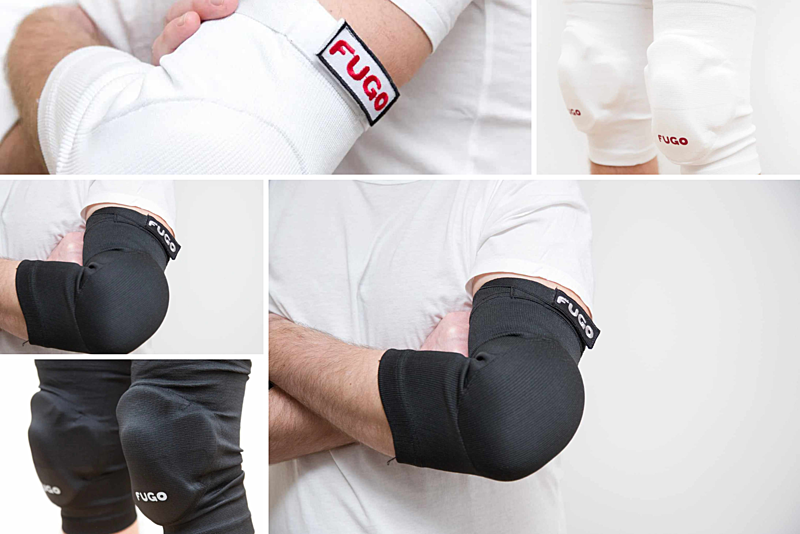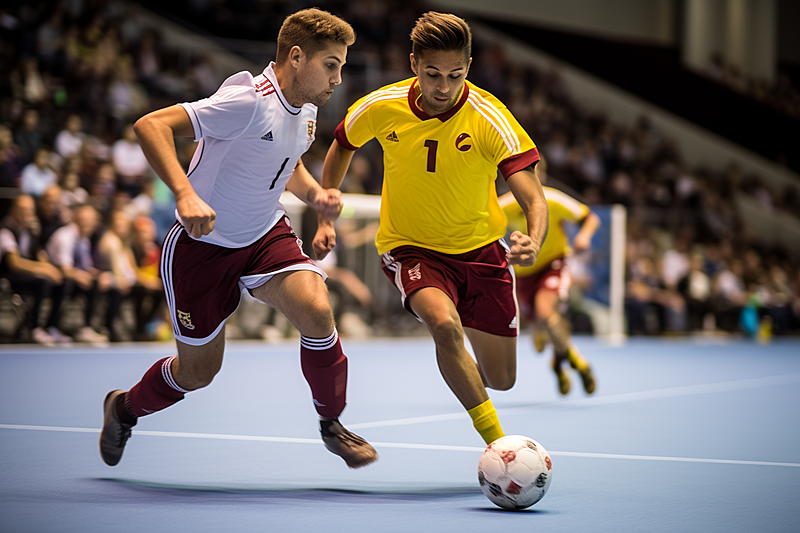At first glance, many people might think that Futsal and Indoor Soccer are the same sport, but there are a lot of differences between these two variations of the beautiful game. When talking about the development of soccer players, most coaches believe that small-sided games are perfect ways to prepare players for full-sized games, which is why these two sports are excellent training drills for full-sized games.
In this blog post, we will explain the main differences between two of the most popular small-sided versions of the game, futsal, and indoor soccer, whether you want to improve your skills for the full-sized game or improve directly at any of these sports.
Gameplay Rules
Futsal, often referred to as “5-a-side”, is typically played on a wooden court, similar to a basketball court, with five players per team, one goalkeeper and four outfield players, two smaller hockey-sized goals, out-of-bound rules, two twenty-minute halves, and a ball that is smaller and heavier than regular soccer balls.
Futsal has a specific court size as well as no walls/boards like most indoor soccer facilities in the United States do. Futsal is also the official version of indoor soccer that all other countries worldwide play, and having walls and rebounders is only very popular in the United States.
Indoor soccer is played with five or six players per team and it can be played with walls around the boundaries of the court, which means there are no out-of-bounds. Indoor soccer is usually also played for two twenty-five-minute halves.
Location
Futsal is played either indoors or outdoors, while indoor soccer is played indoors, as the name implies. A futsal field has specific court dimensions that are universal across the world.
For non-international matches, a court must be between 25m to 42m long and 16m to 25m in width. For international matches, a court must be between 38m to 42m long and 20m to 25m in width.
For indoor soccer, a field is usually 54m to 64m in length and 23m to 30m in width, making it slightly bigger than a futsal court.
Surface
Futsal’s specific rules are that it must be played on a hard surface, such as a wooden court or on concrete, while indoor soccer can be played on a hard surface or artificial turf. Choosing the right type of cleats/shoes depending on the playing surface you will play on is crucial for optimal gameplay, helping your equipment last longer, and injury prevention.
Ball
Because the playing surfaces are different for both sports, not only do you have to make sure that you have the right cleats, but you also have to make sure that you have the correct type of soccer ball. The right type of ball is the most important piece of equipment for any variation of the game.
For indoor soccer, a regular soccer ball or a futsal ball can be used, but for futsal, only a futsal ball should be used because its smaller and heavier characteristics will reduce the bounce on hard surfaces while regular soccer balls may be too bouncy.
FIFA Regulations
Most people, even if they are not fans of the game, know that FIFA is the governing body for world football. FIFA is also the governing body for futsal and indoor soccer has no official governing body.
The current champion of the FIFA Futsal World Cup is Portugal and the next FIFA Futsal World Cup takes place from September to October 2024.
Conclusion
In conclusion, although futsal and indoor soccer are two very similar variations of the beautiful game, they are their own sports with unique rules and characteristics. In this post, I explained the main differences between futsal and indoor soccer from their gameplayer rules, to their location and playing surface, as well as the equipment used and the governing body of these sports.






